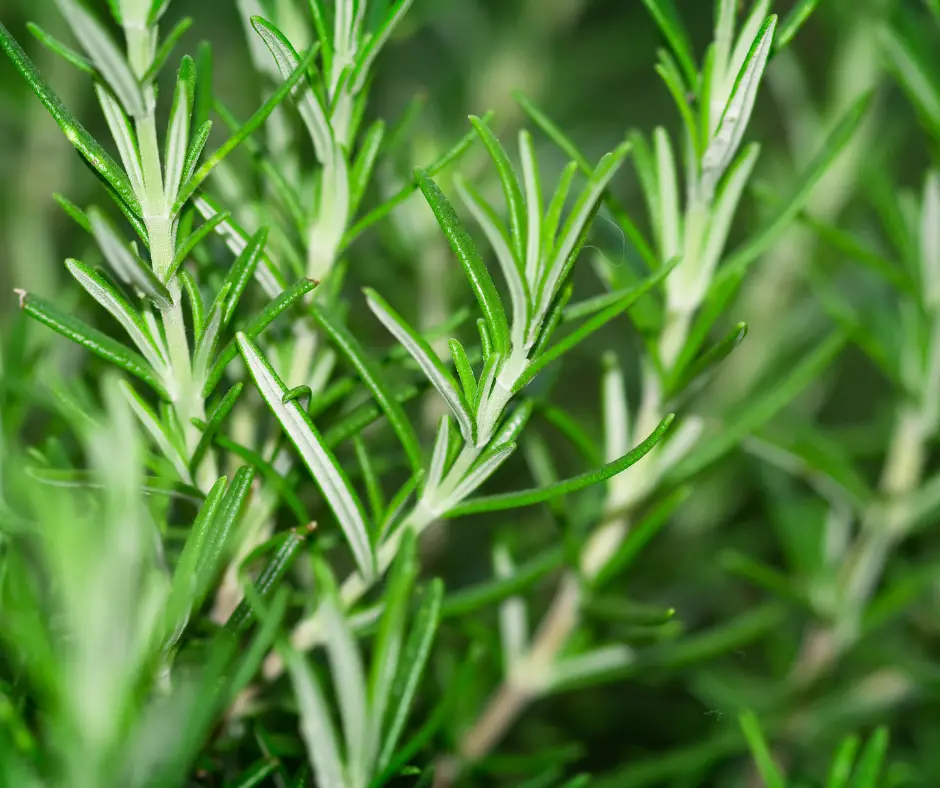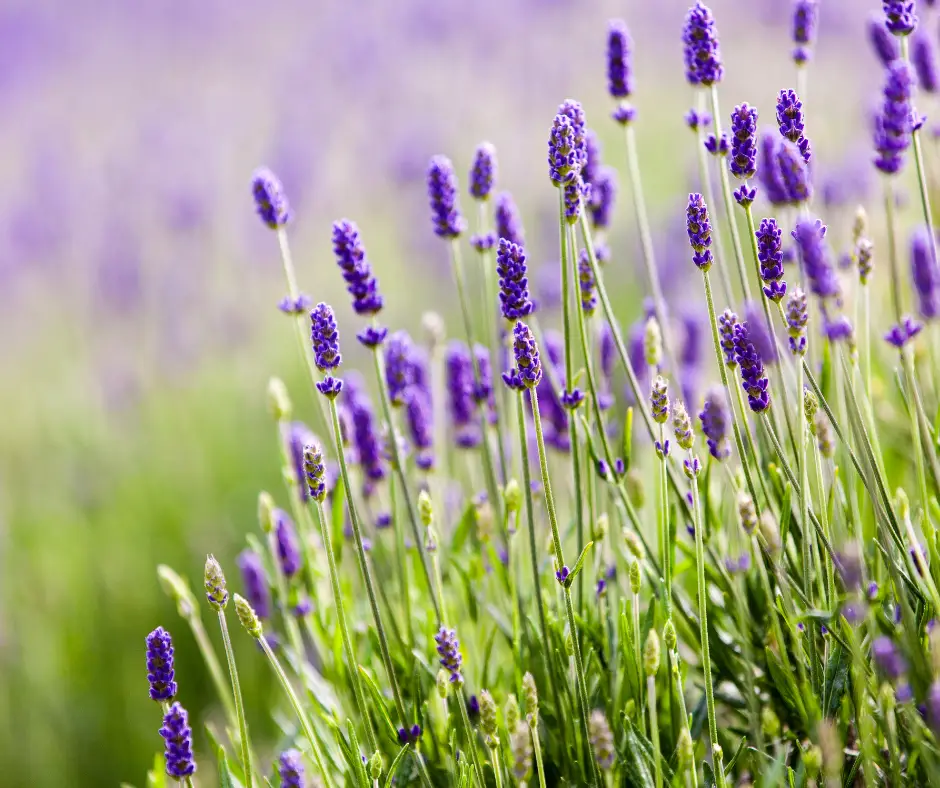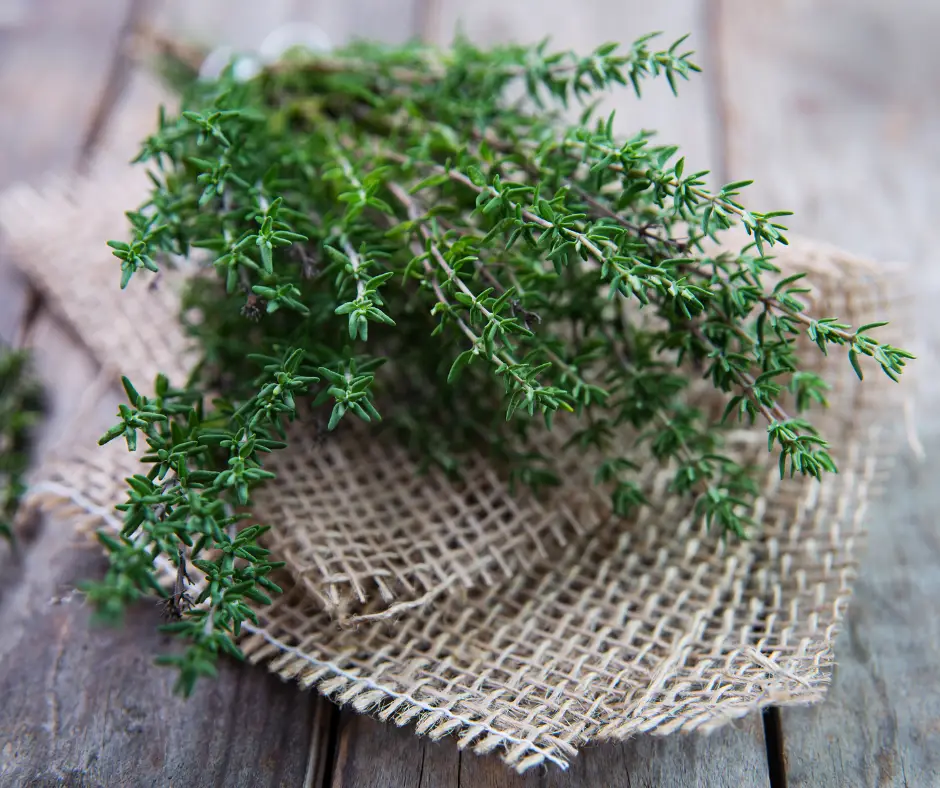As the summer begins to wind down and cooler temperatures start to set in, it’s time to think about transitioning your raised bed from a warm-weather crop, like tomatoes to a hardy winter variety.
One effective way to prepare your bed for this change is by incorporating herbs into the mix. Herbs are well suited for colder weather, thanks to their ability to store water and nutrients in their leaves and roots.
Their hardiness also makes them ideal for dealing with natural fluctuations in climate, such as periods of intense rain or dryness. Rosemary, sage, thyme and lavender are the herbs best suited to survive a frosty winter.
In addition, herbs are often denser than other plants, which helps to block gusts of wind and slow down runoff during heavy rains. By planting herbs into your raised bed this season, you can ensure that your garden will be prepared for whatever winter has in store!
Garden Hardiness Zones
When it comes to growing plants in winter climates, there is no one-size-fits-all approach that will work for all different regions.
In general, frosty areas in garden zones 1-5 will experience significantly harsher conditions than less frost-prone zones such as 9. Some herbs are only able to withstand light frosts, while others can thrive in below-freezing temperatures.
If you live in a zone that regularly experiences temperatures below 20 degrees Fahrenheit, it’s going to be a challenge keeping any herbs going in a raised bed over winter. Not impossible, and we’ll offer some tips to help you try!
To figure out which herbs will do best in your garden, it’s important to take a look at the average minimum temperatures for your area. This information can usually be found online or from your local cooperative extension office.
Once you know what kind of extreme conditions to expect, you can start planning which herbs to plant in your raised bed for the cold season!
Here’s a link that will help you determine the specific hardiness zone you live in. The table below breaks the US zones down according to characteristics: when they generally get the first and last frost of the year and what the minimum average temperature is (from 1976-2005).
Hardiness zones, however, are determined by the average minimum temperatures. The first and last frost dates vary within a given area, making some of the hardiness zone data unreliable, strictly speaking. The dates are more of a guideline. Your best bet to find out the first and last frost dates in your area is to consult with your local nursery or a master gardener in your neighborhood.
The first and last frost dates are when there is a less than a 50% chance of frost beyond the threshold. So using zone 1A as an example, there is a 50% chance of frost (32°F) on August 25th with chances of frost increasing after that. Conversely, there is a 50% chance of frost on June 4th with chances decreasing after that.
This is a fairly reliable schedule to go by for herbs, because they tend to be hardy. But it’s probably not wise to go by this if you’re planting tomatoes and other plants that are highly sensitive to frost.
| Zone Number | Average minimum temperature (°F) | First Frost | Last Frost |
| Growing Zone 1a | -60 to -55 | August 21 | June 12 |
| Growing Zone 1b | -55 to -50 | August 23 | June 8 |
| Growing Zone 2a | -50 to -45 | August 30 | June 5 |
| Growing Zone 2b | -45 to -40 | September 3 | June 1 |
| Growing Zone 3a | -40 to -35 | September 8 | May 29 |
| Growing Zone 3b | -35 to -30 | September 11 | May 24 |
| Growing Zone 4a | -30 to -25 | September 1 | May 20 |
| Growing Zone 4b | -25 to -20 | September 24 | May 17 |
| Growing Zone 5a | -20 to -15 | October 10 | May 14 |
| Growing Zone 5b | -15 to -10 | October 15 | May 11 |
| Growing Zone 6a | -10 to -5 | October 17 | May 8 |
| Growing Zone 6b | -5 to 0 | October 22 | May 2 |
| Growing Zone 7a | 0 to 5 | October 29th | April 22 |
| Growing Zone 7b | 5 to 10 | November 1 | April 18 |
| Growing Zone 8a | 10 to 15 | November 7 | April 8 |
| Growing Zone 8b | 15 to 20 | November 11 | March 25 |
| Growing Zone 9a | 20 to 25 | November 25 | February 26 |
| Growing Zone 9b | 25 to 30 | November 28 | February 24 |
| Growing Zone 10a | 30 to 35 | Dec 6th | Feb 3 |
| Growing Zone 10b | 35 to 40 | No typical frost | No typical frost |
When to Plant Herbs in Raised Beds for Winter
When it comes to winter gardening, in general, it’s best practice to plant about a month prior to the first frost. This gives your herbs a chance to establish strong roots in your raised bed, which will help them survive.
Refer to the table above to determine when that is in your zone, but remember, these are guidelines on the first frost. Mother nature can be unpredictable. Your best bet is to visit a local nursery or ask a neighbor with a beautiful garden when to plant.
Which Herbs Resist Frost the Best?
When choosing herbs for your raised bed garden, it’s important to consider what will grow well in your climate. If you live in an area with a lot of frost, you’ll want to choose herbs that are tolerant of very cold weather.
Generally speaking, some of the best frost resistant herbs for raised beds include rosemary, lavender, sage, and thyme. These herbs can all withstand temperatures below freezing, making them ideal for gardens in colder climates.
Rosemary Winter Care

Rosemary is a beautiful and fragrant flowering plant that is well-known for its culinary uses. However, many gardeners may be intimidated to grow rosemary during the winter months, due to concerns about frost and cold temperatures.
While frost can certainly damage or kill young rosemary plants, it is possible to care for your rosemary plants in order to keep them healthy and thriving through the winter.
If you can get your hands on the Arp cultivar of Rosemary, that is the one that has shown itself to be the most cold hardy Rosemary variety.
You should also take steps to protect your rosemary plant from the wind, as this can cause damage even without frost. Try to determine what part of of your raised bed is least exposed to wind and gets the most sunlight. Plant your rosemary there.
Make sure your rosemary is getting water over the winter, but not too much. Remember that water does not drain and evaporate from the soil as quickly as it does during the summer. Overwatering can lead to root rot, which will kill your rosemary plants quickly.
And finally, you should make sure that your soil has plenty of nutrients during the winter months in order to help your plant stay strong in spite of cold temperatures. Add some fertilizer to the soil when you plant your rosemary.
Lavender Winter Care

Lavender is a fragrant and versatile herb that is commonly grown in gardens and flower beds. Its long, slender leaves are prized for their fresh scent, and its rich purple flowers can be dried and used to make soothing teas and infused oils.
If you have established lavender already growing in a raised bed, trim the healthy flowers and leaves before the first frost. It’s a good time to harvest as it will encourage growth through the colder months.
Even more-so than Rosemary, Lavender does not require much more water that what is supplied from natural rain and snowfall. Test the soil with your fingers every 2-3 weeks and only give the plant water if it feels dry.
If you’re planting a new lavender plant in the fall, choose the English lavender variety. Spanish and French lavender are more delicate and can only handle the winters of zone 8 or warmer.
Sage Winter Care

If you’re looking for an easy-to-care-for herb, sage is a great choice. This versatile herb is resistant to frost and grows well in a range of soil types.
Furthermore, sage is incredibly easy to propagate – simply break off a few twigs from an existing plant and either pot them or plant them directly in your garden. With its pungent flavor and myriad uses in cooking, skin care, and medicine, sage has long been one of the most popular herbs around.
There are also many, many different types of sage. The hardiest variety is generally thought to be common sage (Salvia officinalis). It can withstand temperatures as low as 15 degrees Farentheit.
Thyme Winter Care

Like sage, the various thyme cultivars vary as far as frost tolerance goes. Some varieties don’t react well to frost so be sure to get a variety you know is frost resistant for your raised bed.
German or English thyme are the two best varieties for a raised bed in cold winter climates. English thyme (Thymus vulgaris) is a very common variety, often referred to as culinary thyme. It can be found at most nurseries.
As with any herb, be sure some extra fertilizer is applied during the fall and make sure your thyme is getting plenty of water.
Which Herbs Die In Winter?
While there are many herbs that can survive the winter, some will not make it through the colder months. Herbs with delicate leaves like basil, cilantro and to a lesser extent parsley are common herbs typically killed by frost and should be replaced with hardier varieties in a raised bed that is exposed to frost.
If you have the space in your raised beds, consider having a section dedicated overwintering herbs, as well as a section dedicated to those you’ll re-plant every year.
How to Prepare Your Herbs for Winter
Once you’ve selected the herbs you want to grow in your raised bed, it’s important to prepare them for the winter months. Start by trimming back any dead or dying leaves, as these can harbor diseases that could harm your plants.
Next, water your herbs deeply and mulch around the base of each plant to help insulate the roots from cold air and frost. Finally, give your plants a light fertilizer application to help them get through the winter months.
Covering Your Herbs for Winter
Depending on your hardiness zone, you may need to cover your raised bed herb garden giving your herbs an extra layer of protection from frosty conditions
There are a number of different techniques that can be used to cover herbs in a raised bed during the winter months. One popular method is to use frost cloth. This can help to prevent damage from cold temperatures while also allowing light and water to pass through.
Another option is to use straw or mulch blankets, which are ideal for holding moisture in the soil and keeping frost at bay. In addition, these materials can also help combat weeds and pests, making them an all-around solution for protecting your herbs during the colder months.
Lastly you can employ a greenhouse which exposes your plants to the natural sunlight they need to thrive while keeping them shielded from frosty conditions such as wind and snow. They also trap the heat that is created from UV light during day, keeping your plants just warm enough to avoid frost damage.
Ultimately, any of these methods can help ensure that your herb garden will continue to thrive throughout the winter season.
What if it snows on my herbs?
If you choose not to cover your raised bed, you run the risk of exposing your garden herbs to snowfall.
If you live in an area with a lot of snowfall, it’s important to choose the herbs we mention above, which can withstand being buried under a layer of snow.
It’s good practice to brush snow off your herbs with a small hand broom as soon as possible after snowfall. Prolonged exposure to frozen water can potentially damage the leaves of your herbs and cause disease.
Growing Herbs Indoors to Avoid Frost
If you live in hardiness zones 3 or lower, you likely will not have a good chance of keeping your herbs alive in the winter outside.
In those areas, your best bet is to grow your herbs indoors to avoid damage to the plants. Growing herbs indoors is a great way to keep your plants healthy and vigorous, and it can also help to extend the growing season.
To grow herbs indoors, start by selecting a sunny spot in your home where the plants will get at least six hours of direct sunlight each day. Then, choose a pot that is large enough to accommodate the roots of your plants and fill it with a high-quality potting mix.
When watering your herbs, be sure to water them deeply and allow the soil to dry out completely between waterings. Finally, give your plants a light fertilizer application every two weeks to help them get the nutrients they need to grow.
With a little bit of care, you can successfully grow herbs indoors all winter long!


Comments are closed.